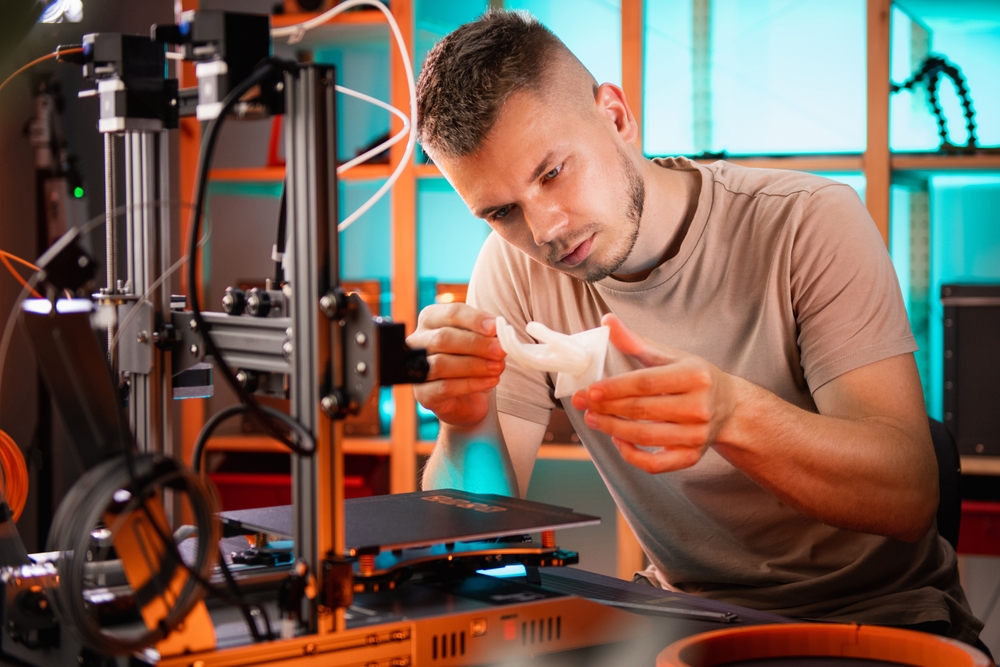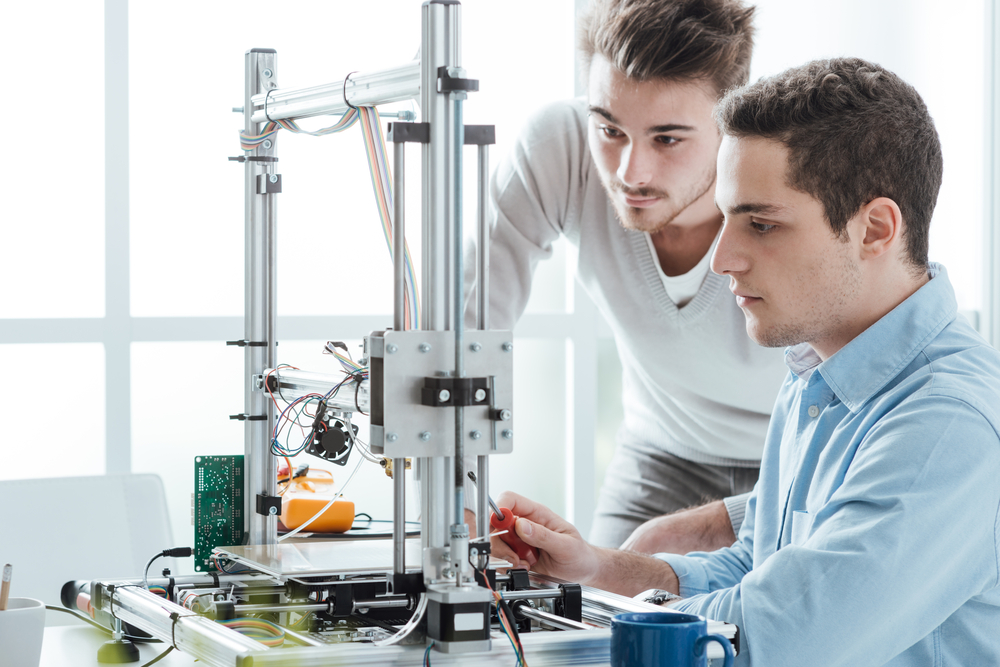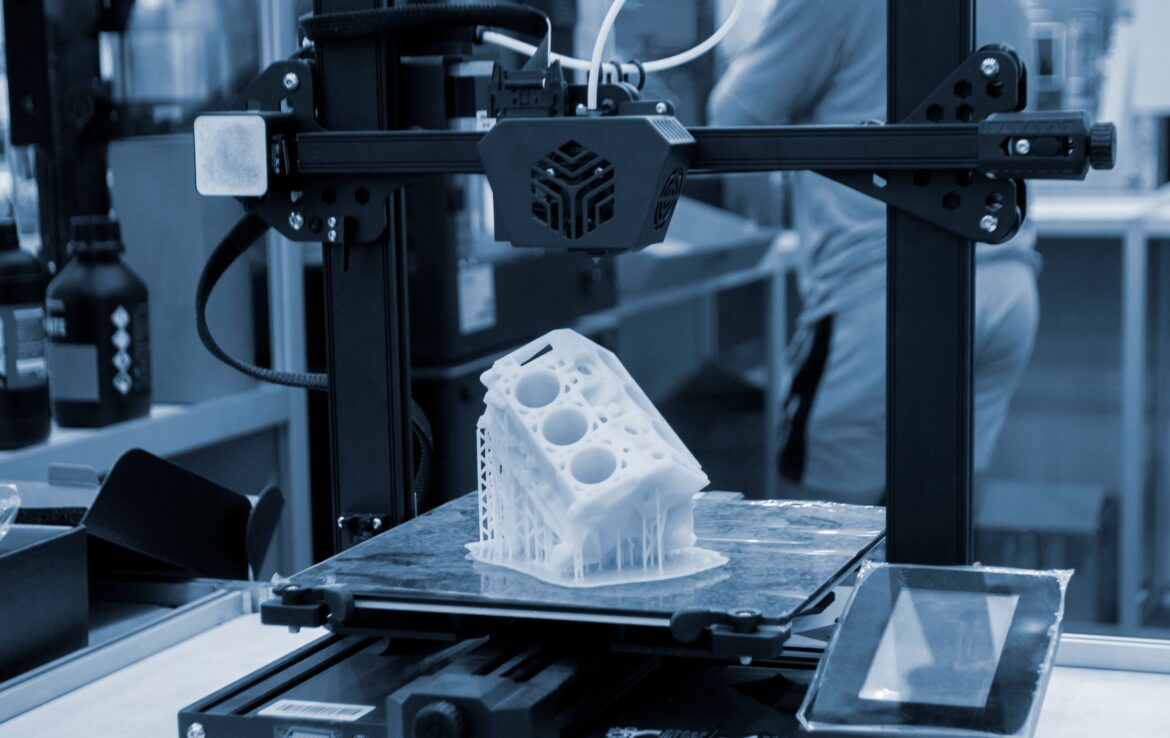3D printing, also known as additive manufacturing, has rapidly evolved from an industrial technology to an accessible tool for education. This revolutionary technology allows for the creation of three-dimensional objects from digital designs, layer by layer. In educational settings, 3D printing is proving to be a powerful tool for enhancing student creativity and learning. This blog explores the numerous ways in which 3D printing is transforming classrooms and fostering innovation among students.
What is 3D Printing?
3D printing is a technique that constructs objects incrementally, layer by layer, based on a digital model. Unlike traditional subtractive manufacturing, which involves cutting away material, 3D printing adds material to create the desired shape. This technology can use a variety of materials, including plastics, metals, and ceramics, making it versatile for various applications.

The Impact of 3D Printing on Education
Enhancing Creativity
One of the most significant benefits of 3D printing in education is its ability to enhance student creativity. With 3D printing, students can turn their ideas into tangible objects. This practical method inspires students to engage in critical and creative thinking. For example, art students can create intricate sculptures, while engineering students can design and print functional mechanical parts. The possibilities are endless, and the technology provides a platform for students to experiment and innovate.
Facilitating Understanding of Complex Concepts
3D printing helps students grasp complex concepts that are often difficult to understand through traditional teaching methods. For instance, in biology, students can print models of organs and systems, allowing them to explore anatomy in a hands-on way. In mathematics, geometric shapes and structures can be printed to help students visualize and understand abstract concepts. This hands-on learning experience can improve understanding and memory retention.
Encouraging Problem-Solving Skills
The process of designing and printing 3D objects involves a series of problem-solving tasks. Students must consider the design, material, and functionality of their creations. They often encounter challenges that require them to troubleshoot and iterate their designs. This fosters critical thinking and resilience as they work through obstacles to achieve their desired outcomes.
Supporting STEM Education
3D printing is particularly beneficial in STEM (Science, Technology, Engineering, and Mathematics) education. It provides a practical application for theoretical knowledge, bridging the gap between classroom learning and real-world applications. For instance, students can design and print prototypes of engineering projects, conduct experiments with custom lab equipment, or develop innovative solutions to environmental challenges. This practical experience equips students with vital skills and knowledge, setting them up for future careers in STEM fields.
Implementing 3D Printing in the Classroom
Choosing the Right Equipment
To integrate 3D printing into the classroom, it’s essential to choose the right equipment. Several factors should be considered, including the printer’s size, cost, and ease of use. Entry-level 3D printers designed for educational purposes are often user-friendly and come with software that simplifies the design and printing process. It’s also important to consider the types of materials the printer can use and their safety for classroom environments.
Curriculum Integration
Effective integration of 3D printing into the curriculum requires thoughtful planning. Teachers can incorporate 3D printing projects into existing lessons or develop new units centered around the technology. For example, a history teacher might assign a project where students print replicas of historical artifacts, while a physics teacher could have students design and test aerodynamic models. Cross-curricular projects that combine multiple subjects can also be particularly engaging and educational.
Training and Support
Teachers need proper training to effectively use 3D printing technology in the classroom. Professional development workshops and online tutorials can provide the necessary skills and knowledge. Additionally, ongoing support from IT staff and access to a community of educators who use 3D printing can be invaluable. Collaboration and sharing of best practices can help teachers overcome challenges and maximize the benefits of the technology.
Student Involvement
Engaging students in the process of 3D printing from start to finish can enhance their learning experience. Students should be involved in the design process, either by using CAD (Computer-Aided Design) software or by drawing their designs by hand and converting them into digital models. Allowing students to take ownership of their projects fosters a sense of pride and accomplishment. Encouraging teamwork and collaboration can also enhance the learning experience, as students learn to communicate and work together towards a common goal.
Case Studies: Success Stories
Elementary Schools
In elementary schools, 3D printing has been used to teach basic design and engineering principles. For example, students in a fourth-grade class designed and printed simple machines, such as levers and pulleys, to understand mechanical concepts. This hands-on approach helped students grasp abstract ideas in a tangible way.
High Schools
High schools have utilized 3D printing in more advanced projects. At one high school, students created and 3D printed prosthetic limbs for children in need. This project not only taught them about anatomy and engineering but also instilled a sense of social responsibility. Another high school implemented a 3D printing club, where students could explore the technology in-depth and work on individual or group projects.
Colleges and Universities
Colleges and universities have adopted 3D printing for research and development purposes. Engineering students have used 3D printers to create prototypes of innovative products, while medical students have printed anatomical models for surgical practice. These real-world applications prepare students for careers in their respective fields and provide valuable hands-on experience.

Looking ahead, 3D printing holds exciting possibilities for education.
The outlook for 3D printing in education appears bright. As the technology continues to advance and become more affordable, its use in classrooms is expected to grow. Future developments could include more sophisticated printers capable of using a wider range of materials and producing more detailed and complex objects. Additionally, advancements in software could make the design process even more accessible and intuitive for students of all ages.
Conclusion
3D printing is revolutionizing education by enhancing student creativity, facilitating understanding of complex concepts, and encouraging problem-solving skills. Its integration into the classroom supports STEM education and prepares students for future careers. By choosing the right equipment, integrating 3D printing into the curriculum, providing training and support, and involving students in the process, educators can maximize the benefits of this innovative technology. As 3D printing continues to evolve, its potential to transform education and inspire the next generation of innovators is limitless.


